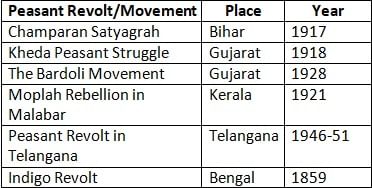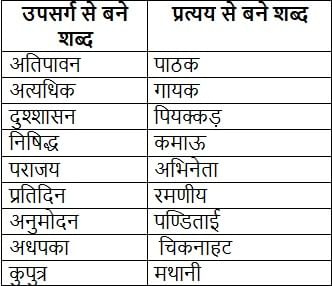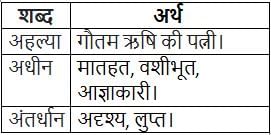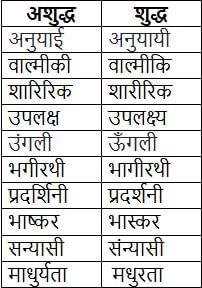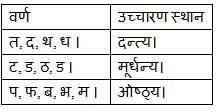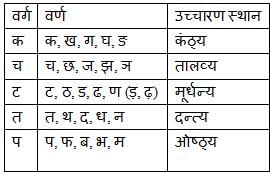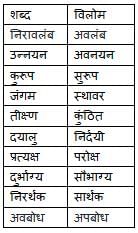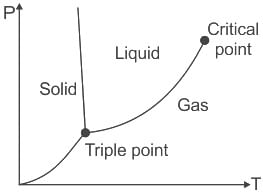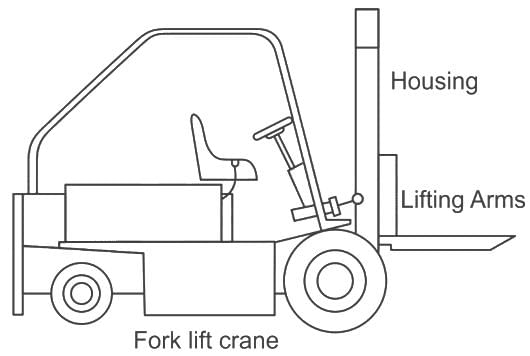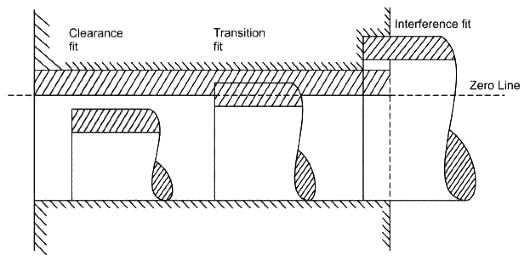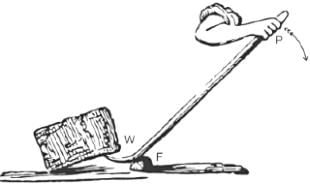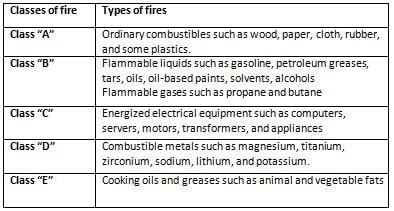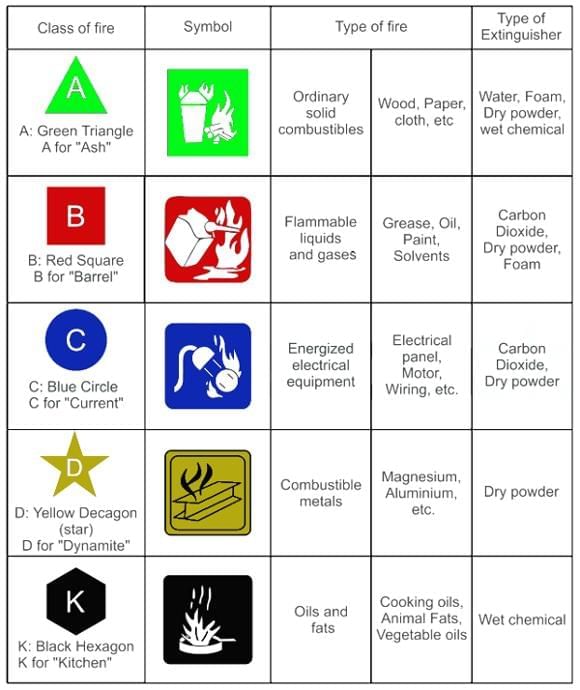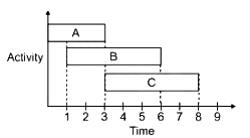UPPSC AE Civil Prelims Mock Test - 2 - Civil Engineering (CE) MCQ
30 Questions MCQ Test - UPPSC AE Civil Prelims Mock Test - 2
The Oath or Affirmations of which of the following office bearers are mentioned in the Third Schedule of Indian Constitution?
I. President of India
II. Comptroller and Auditor General of India
Select the correct answer using the code given below.
I. President of India
II. Comptroller and Auditor General of India
Select the correct answer using the code given below.
The editor of the paper "Hindu Patriot" Sri Harish Chandra Mukherjee was known to have helped the:
Consider the following statements:
1. The first non-Congress Prime Minister of India assumed the Office in the year 1977.
2. Only six people became Prime Ministers after being Chief Ministers of States so far.
3. Only three Prime Ministers were members of the Rajya Sabha so far.
Which of the statements given above is/are correct?
Which of the statement is correct about the impact of climate change?
निम्नलिखित में से कौनसा शब्द प्रत्यय युक्त है?
निम्नलिखित में से किस शब्द की वर्तनी गलत है ?
निम्नलिखित में से तालव्य व्यंजन का चयन कीजिए -
निम्नलिखित विलोमार्थी युग्म में कौन सा शुद्ध है ?
Which of the following is NOT a type of solar collector?
Which of the following is extensive property?
The absolute temperature (K) scale needs only one fixpoint, which is the
Choose the correct code for the following statements being correct or incorrect.
Statement I : Intellectual Property (IP) is a category of property that includes intangible creations of the human intellect.
Statement II : IPR does not include trade secrets and moral rights.
Which one of the following is a four-wheeled vehicle used for material handling ________?
The range of inaccuracy which can be tolerated in measurements is said to be______________________.
Name the tool, which is used to lift or move heavy loads by leverage effect
What is not to be used to put off fire from burning liquids?
Determine the efficiency of applied water using the following data:
A field measures 60 hectare. When 6 cumec of water was supplied for 12 hours to this field, 216mm of water was stored in root zone.


